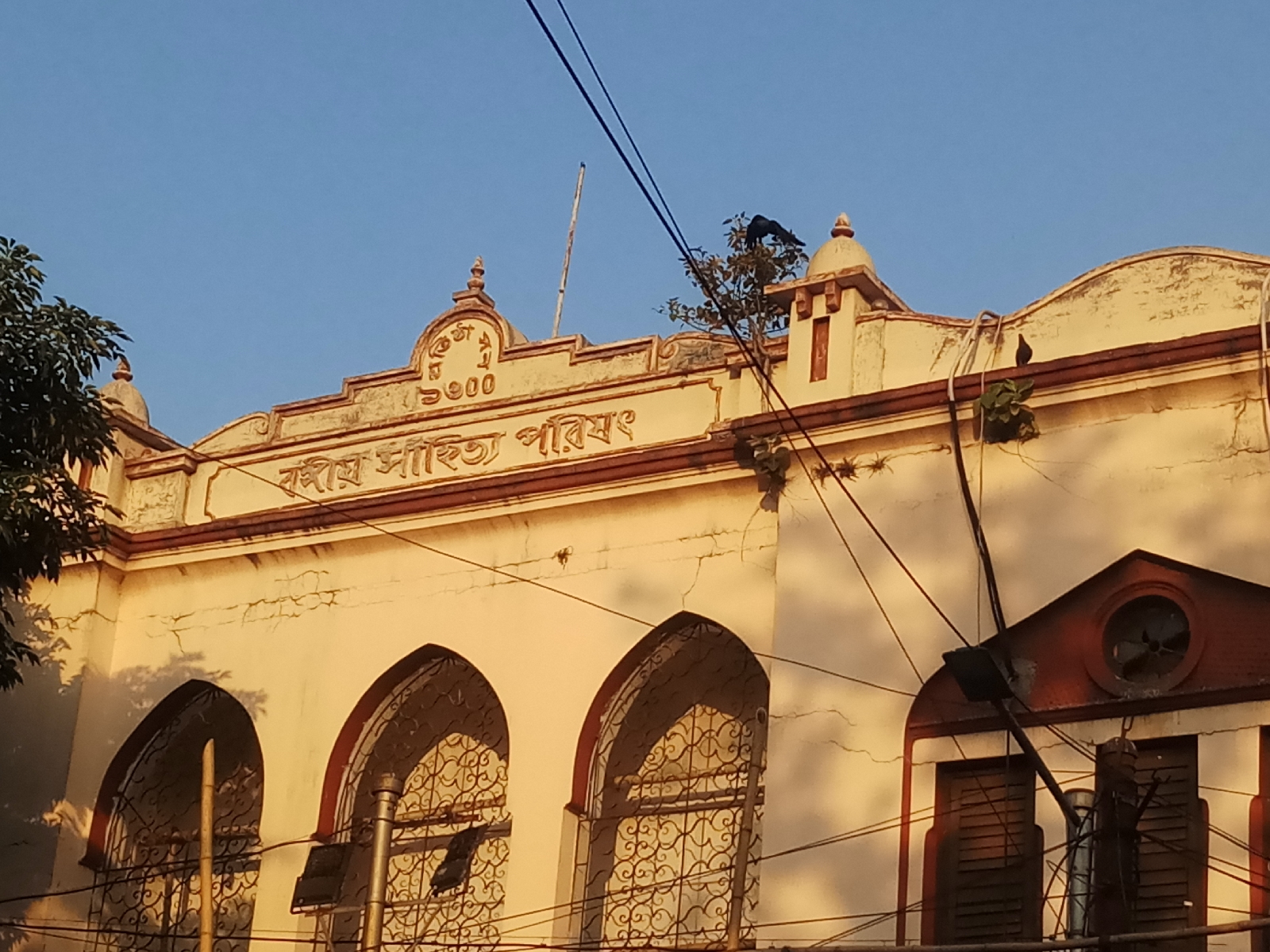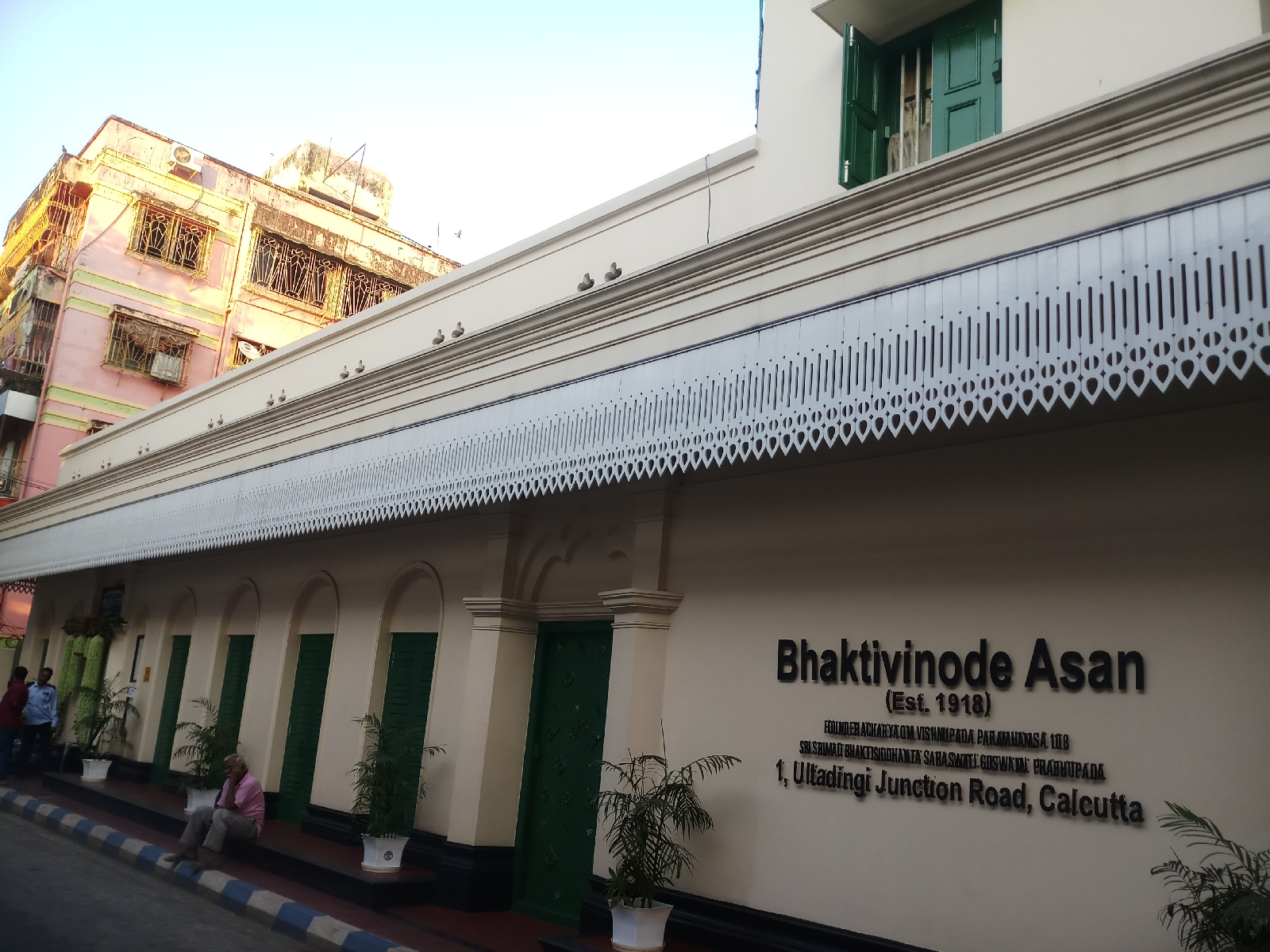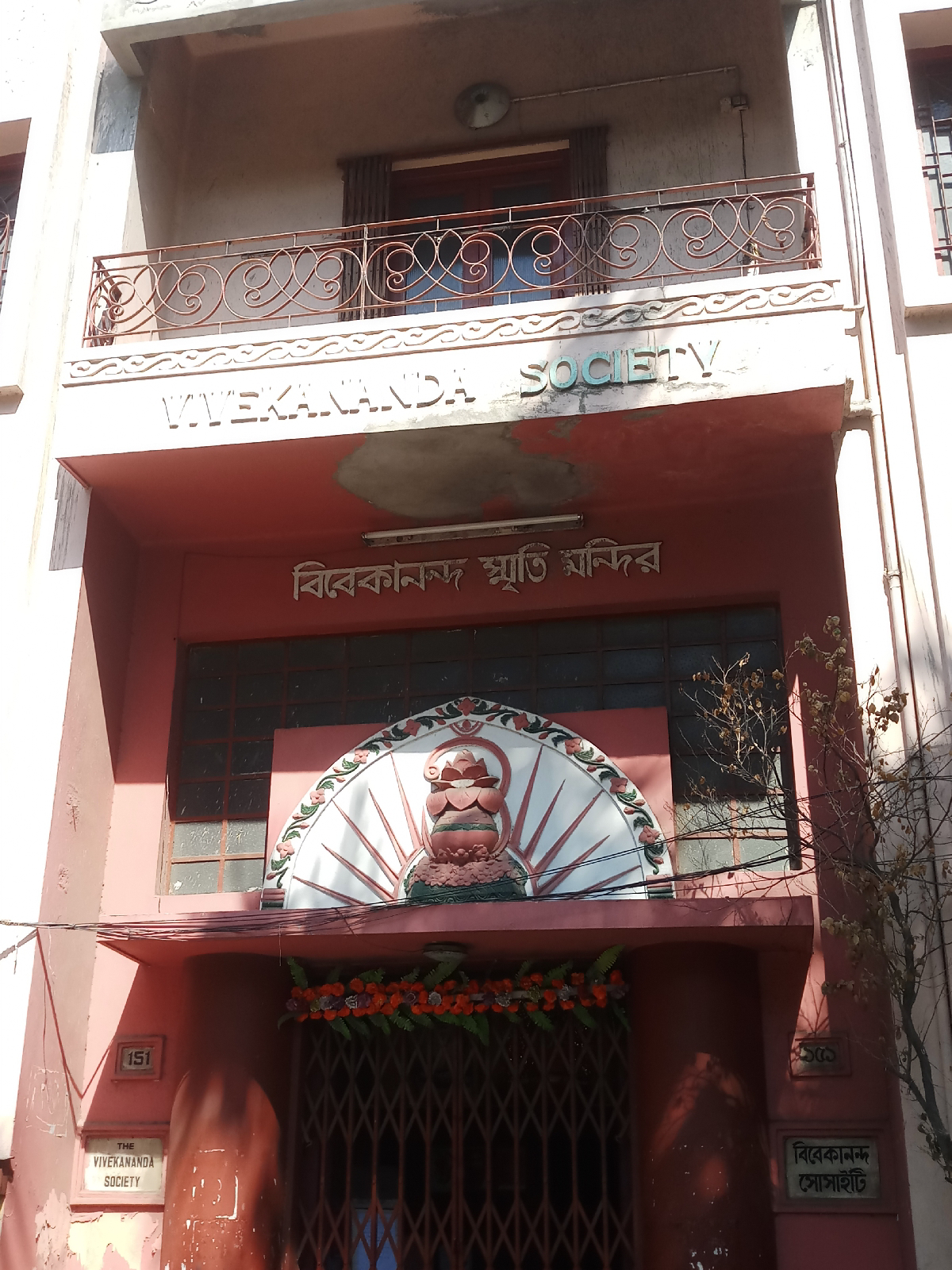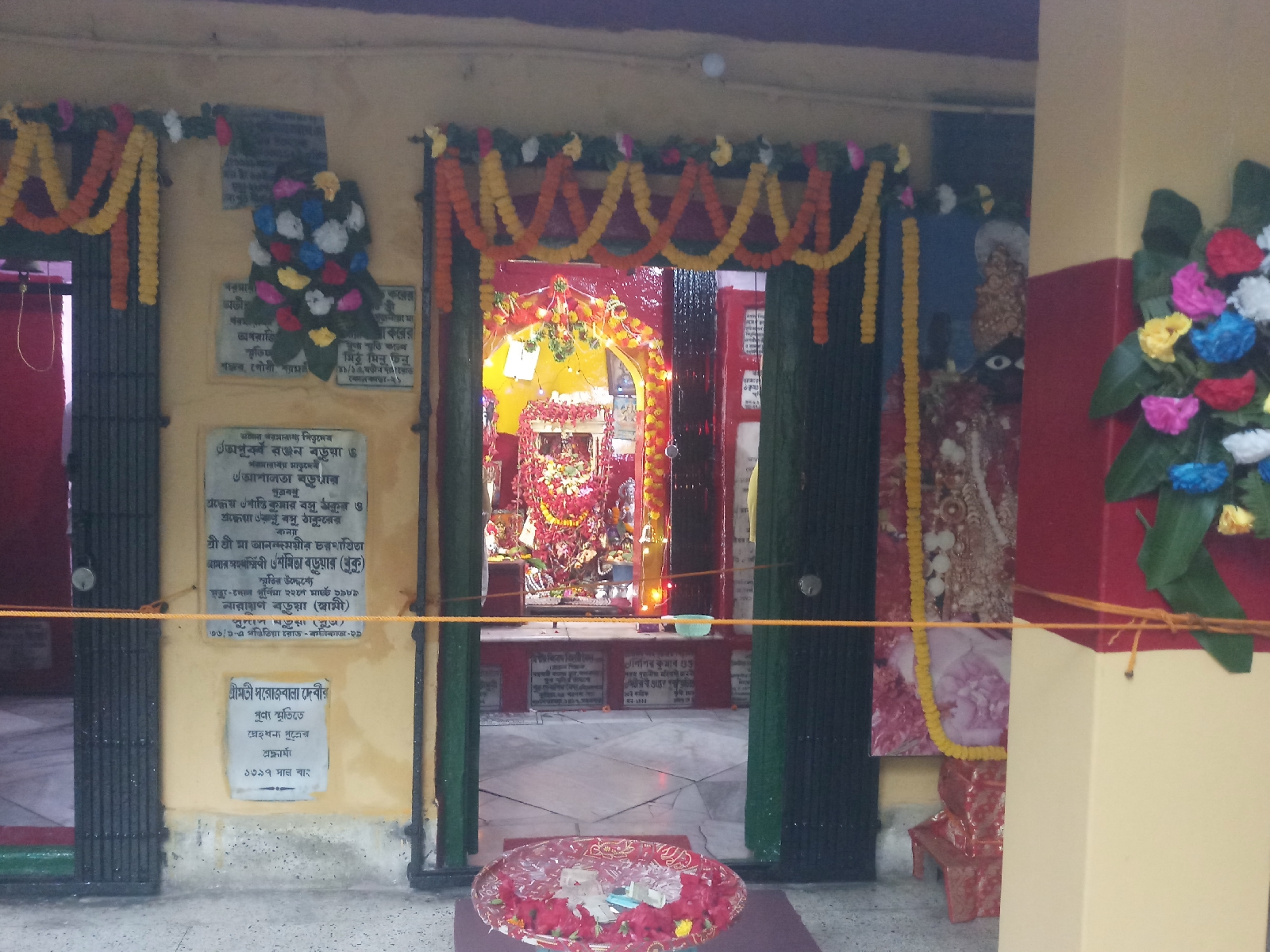Morton School

Morton Institution was founded by Sri ‘M’ alias Shri Mahendra Nath Gupta, disciple of Shri Ramkrishna Paramhansadeb, in 1890. Sri M was a scholastic personality who taught English, Economics, History and other subjects at this institution. Keshab Chandra Sen, Girish Ghosh, several disciples of Shri Ramkrishna Paramhansadeb and Swami Yogadananda came to this school when Shri 'M' was writing the famous gospel 'Shri Ramkrishna Kathamrita' in the 3rd floor room. It is said that Shri 'M' was mentally disturbed by family matters while living in his own house. So, he came to this place at 50 Amherst Street for some peace. Here he founded Morton Institution which is now known as Hindu Academy Primary since 1932. The school is affiliated to the West Bengal Board of Secondary Education and the West Bengal Council of Higher Secondary Education. The building gradually became dilapidated and is currently being repaired and restored under the supervision of Kolkata Police. ...






